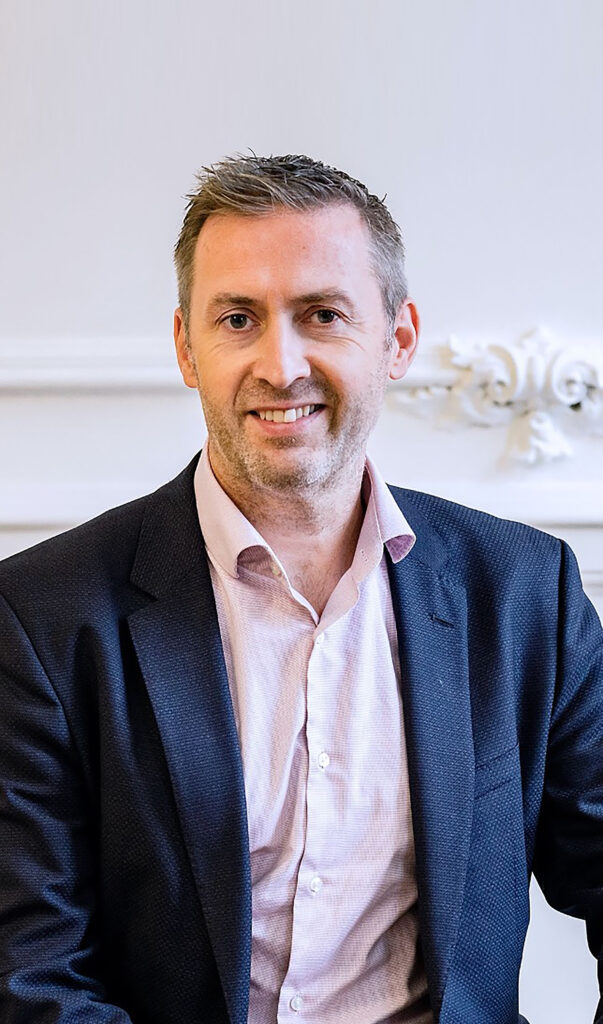A few months ago, I found myself awake at 4.00am in Toronto, Canada. With my sleeping schedule having been cut short by jet lag, I looked online for a breakfast experience nearby that would set me up for the day. I don’t recall what I searched for, but I stumbled upon a place called ‘Rooster Coffee House’ on Broadview Ave … I’ve been meaning to write about this place ever since.
We found ourselves there later that morning, while the rest of the city was starting to wake up, and I can happily say the coffee was excellent. However, the reason why this coffee shop stood out from the other 1,679 establishments in Toronto was entirely down to a few lines that I’d read on their website in the early hours of that cold fall morning.
To give you a taste, here’s how their story starts:
“We launched Rooster Coffee House on December 21 in 2009. The first day of winter on what was a sleepy little stretch of Broadview. I personally remember being terrified to turn that sign to OPEN. My partner, Dave, had to nudge me along … he said kindly, “Let’s just unlock the door … if someone comes in, we will make them a coffee,” With a turn of the latch, it began.”
Since that morning back in October, I’ve had this page open on my browser because I knew that there was something to learn here; a lesson, perhaps, on how the stories we tell have the incredible ability to inspire, engage and connect.
I’ve never met the Co-Founders of Rooster Coffeehouse: Shawn, Dave and Jay, and I likely never will. But, somehow, I still feel like I’ve been a part of their story, as if I’ve had coffee in their home.
There is a wonderful line that captures what’s happening here in Yiannis Gabriel’s work, Storytelling in Organizations: Facts, Fictions, and Fantasies: “The relationship between facts and story is plastic,” he says, “ … stories interpret events, infusing them with meaning through distortions, omissions, embellishments, and other devices, without, however, obliterating the facts,”
These days, we spend a lot of time talking about how to capture stories of learning in ways that move us beyond the mundane and one-dimensional world of fact. The team at Rooster Coffee House nailed it, and the more I think about why, the more I realise that it is all to do with their clarity of vision, the promise to deliver a quality product, and – perhaps, most significantly – their willingness to communicate their vulnerability along the way.
Good schools will often be good at communicating their vision. They will tell a good story when it comes to delivering on their promises. But I can’t help but wonder what would happen if we started to express our institutional vulnerability a little more. Or as Brené Brown suggests in her book, Daring Greatly: How the Courage to Be Vulnerable Transforms the Way We Live, Love, Parent, and Lead, maybe we should start, “ … pay[ing] attention to the space between where we’re actually standing and where we want to be,”
I might be wrong, but my guess is that parents would feel more a part of the story of our schools if we told honest stories like this, rather than naively pretending that we nail it every time.







